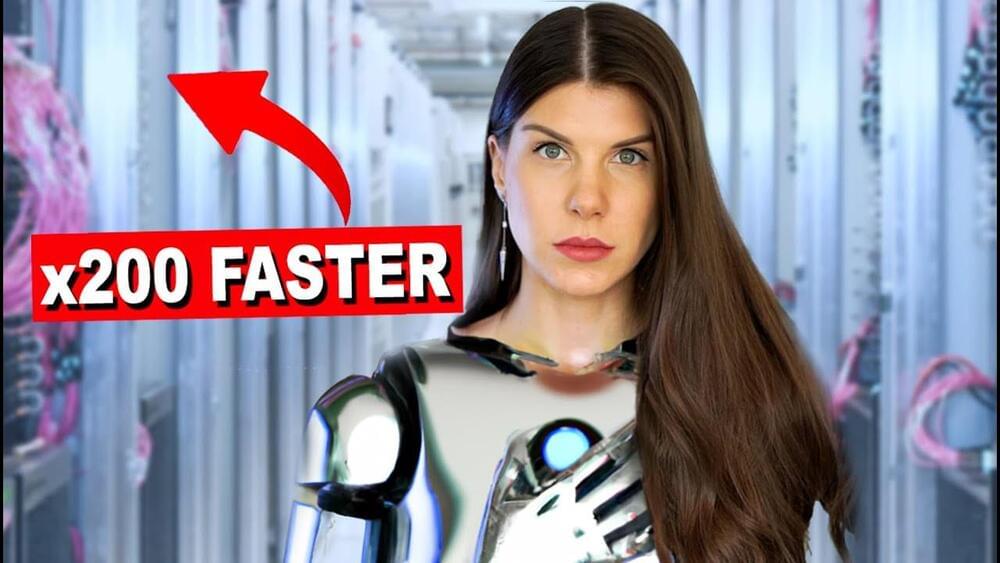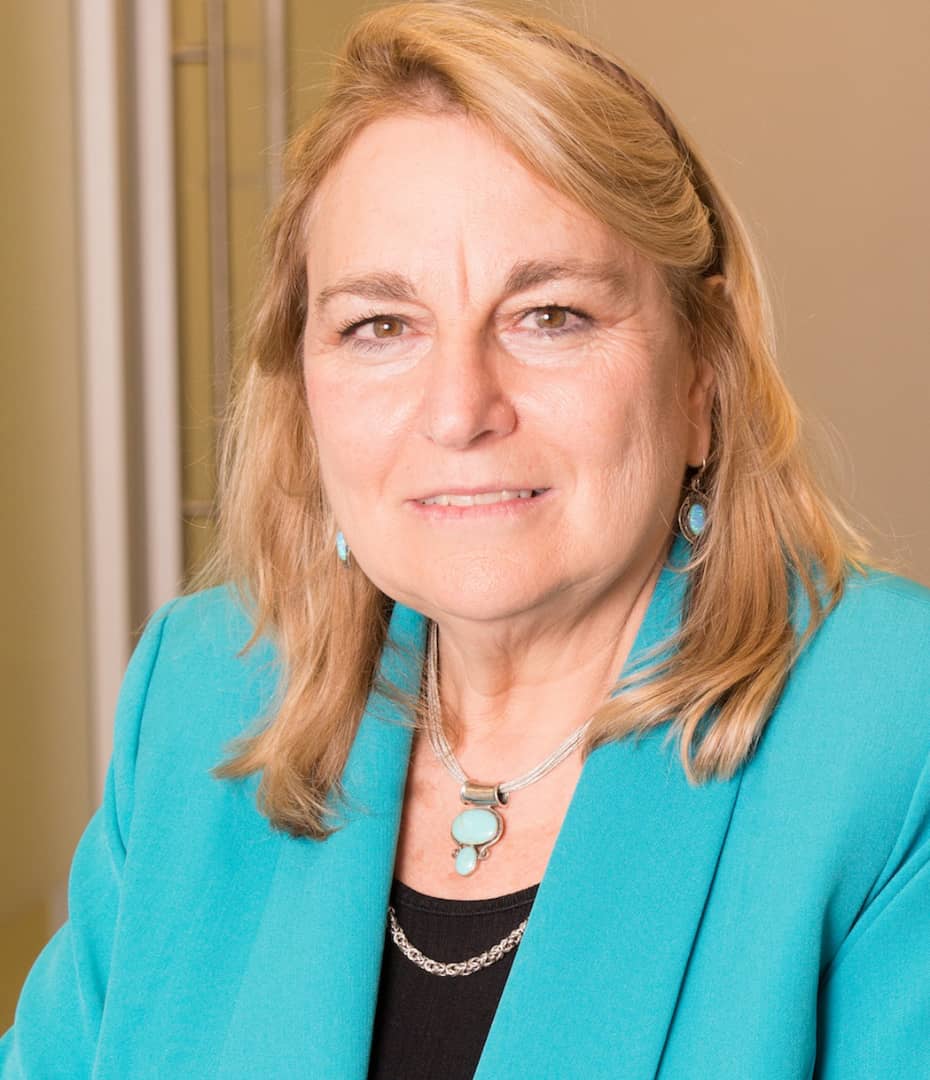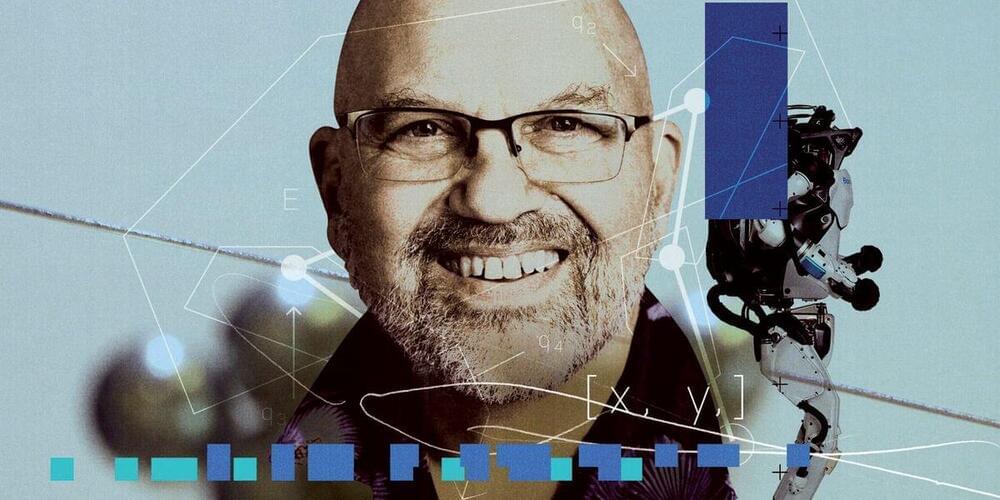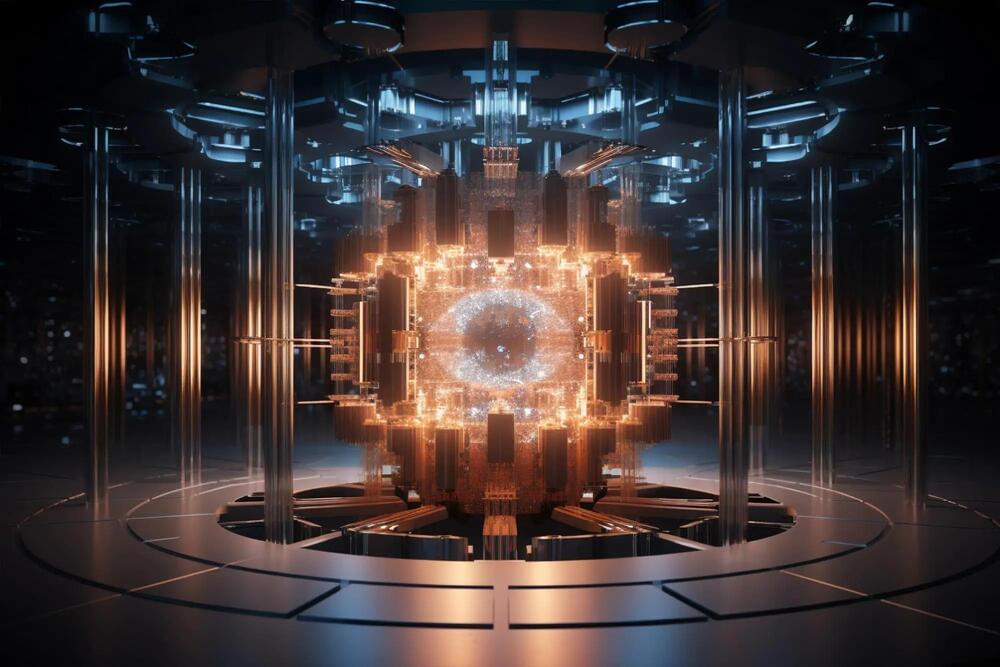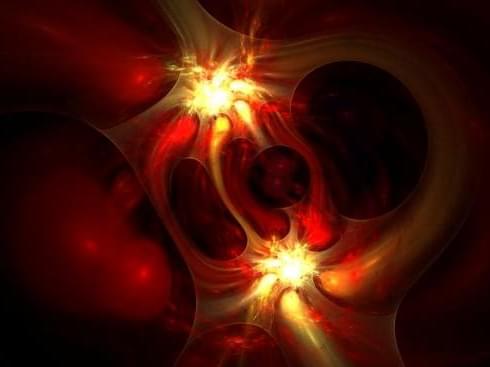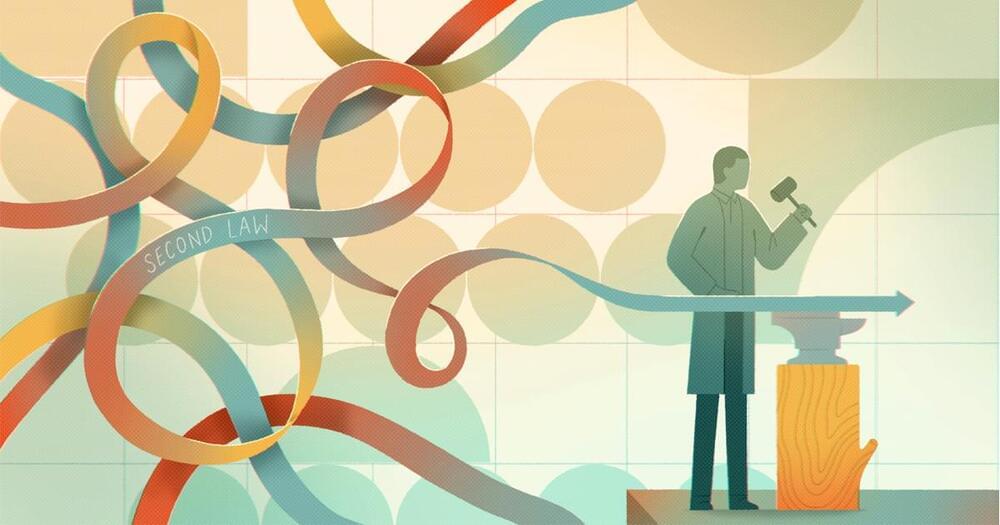Aug 15, 2023
This New AI Supercomputer Outperforms NVIDIA! (with CEO Andrew Feldman)
Posted by Dan Breeden in categories: information science, robotics/AI, supercomputing
In this video I discuss New Cerebras Supercomputer with Cerebras’s CEO Andrew Feldman.
Timestamps:
00:00 — Introduction.
02:15 — Why such a HUGE Chip?
02:37 — New AI Supercomputer Explained.
04:06 — Main Architectural Advantage.
05:47 — Software Stack NVIDIA CUDA vs Cerebras.
06:55 — Costs.
07:51 — Key Applications & Customers.
09:48 — Next Generation — WSE3
10:27 — NVIDIA vs Cerebras Comparison.
Mentioned Papers:
Massively scalable stencil algorithm: https://arxiv.org/abs/2204.03775
https://www.cerebras.net/blog/harnessing-the-power-of-sparsi…-ai-models.
https://www.cerebras.net/press-release/cerebras-wafer-scale-…ge-models/
Programming at Scale:
https://8968533.fs1.hubspotusercontent-na1.net/hubfs/8968533…tScale.pdf.
Massively Distributed Finite-Volume Flux Computation: https://arxiv.org/abs/2304.
Continue reading “This New AI Supercomputer Outperforms NVIDIA! (with CEO Andrew Feldman)” »
